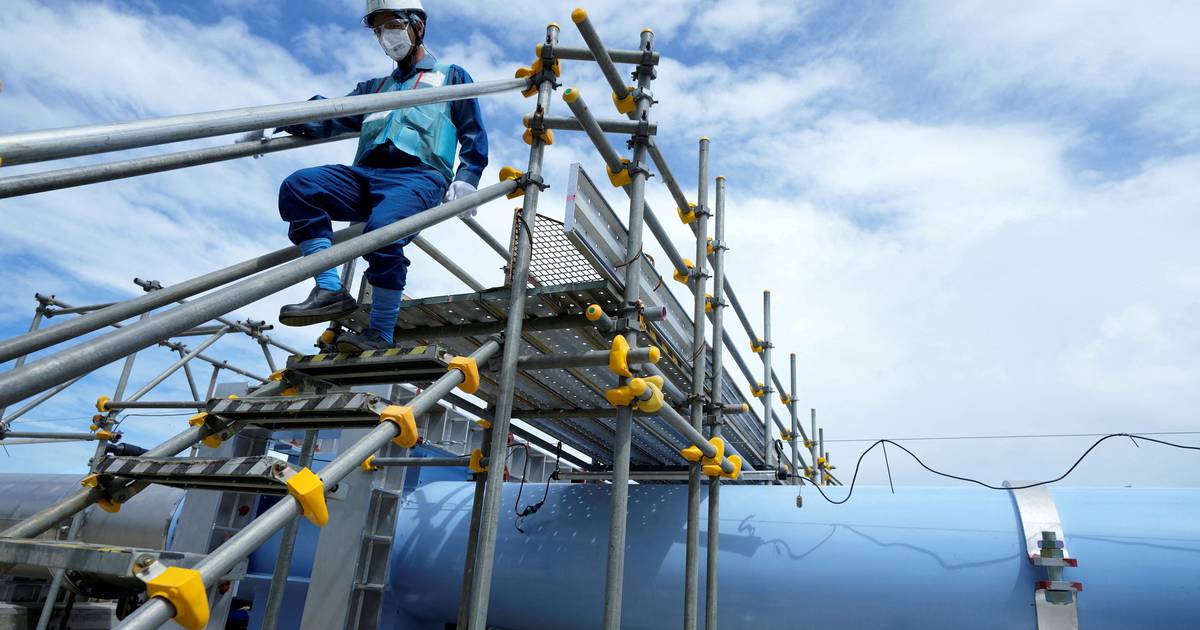In the coming years, Japan anticipates a 35 to 50 percent increase in the need for electricity generation. This surge in demand is primarily driven by the growing requirements of semiconductor factories and artificial intelligence-enabled data centers. The government has emphasized that this increase represents the first significant surge in demand in over two decades and will necessitate substantial investments to meet rising demands.
If Japan fails to enhance its production of renewable energy sources, there may be uncertainties regarding maintaining a stable electricity supply. Currently, the country heavily relies on the Middle East for its fossil fuel supply. To address this issue, Japan enacted a law last year aimed at promoting decarbonization investments totaling over ¥150 trillion ($962 billion) over ten years across both the public and private sectors.
To meet the increasing demands for electricity, Japan plans to rely on various sources of energy. These include next-generation solar cells, floating offshore wind farms, restarting nuclear power plants, and introducing next-generation reactors as outlined in government documents. These initiatives form part of Japan’s strategy to ensure a steady and sustainable supply of electricity amidst increasing demands.

:quality(75)/cloudfront-us-east-1.images.arcpublishing.com/elcomercio/2RTZKRFXQVFWBLDFNST7V4YWNE.jpg)

